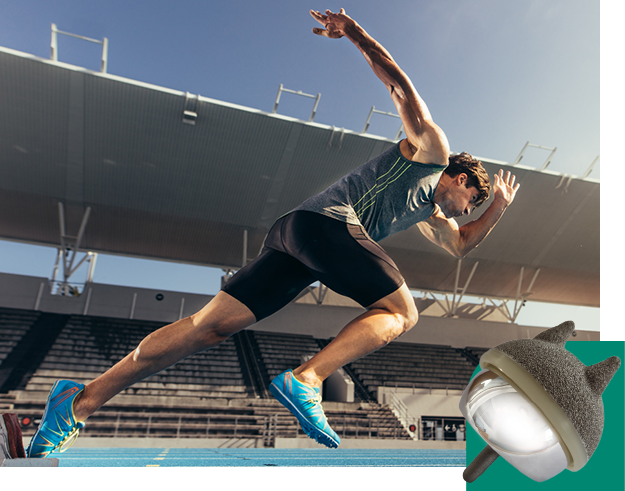Welcome toOrthopaedic Specialty Clinic (OSC)
Orthopaedic Specialty Clinic of Spokane aims to provide the absolute highest-quality orthopaedic treatment in the Pacific Northwest. We specialize in hip, knee, and shoulder care, including joint replacement, physical therapy, and sports medicine. We perform more outpatient total joints than any other provider. We perform more orthopaedic research than any other clinic in the Pacific Northwest and are the #1 highest rated for customer satisfaction in our area.
We providebetter care and faster recovery times
- 5X
Our primary hip and knee complication rates are 5 times lower than the national average.*
- 3X
Our hip & knee replacement patient-reported outcomes are better than the national average.*
- 4X
Our patients’ length of stays are four times less than the national average.*
Leaders in Orthopaedic Care in theNorthwest & Worldwide
-

Fellowship Trained Surgeons
Fellowship training is unique, focused training in addition to typical residency requirements
-

Our own on-site therapy
OSC is the only orthopaedic clinic in the Inland Northwest with its own dedicated therapy facilities
-

orthopaedic research
At OSC, we believe that research is a critical component of our field. Our physicians
OutPatient Joint Replacement Surgery
Total hip or knee replacements traditionally require a 3 to 4 day hospital stay. With new advances in surgical techniques, better implants, improved anesthesia, and expedited rehabilitation protocols, patients can now walk out of the surgical center the very same day and recover in the comfort of their own home.

Be Part of the Future of Hip Care Explore the IDE PolyMotion Hip Trial
Joint replacement surgery of the hip and knee restores mobility and reduces pain by replacing damaged joints with artificial implants. This advanced procedure improves quality of life, allowing patients to return to daily activities with greater comfort and confidence.














